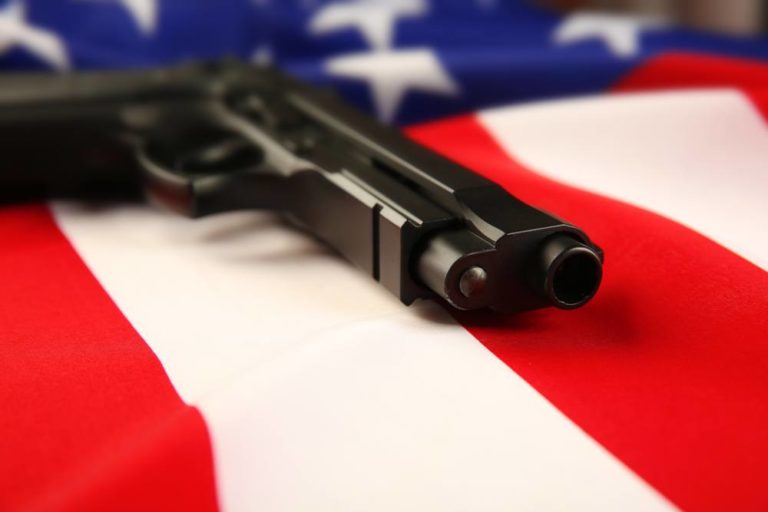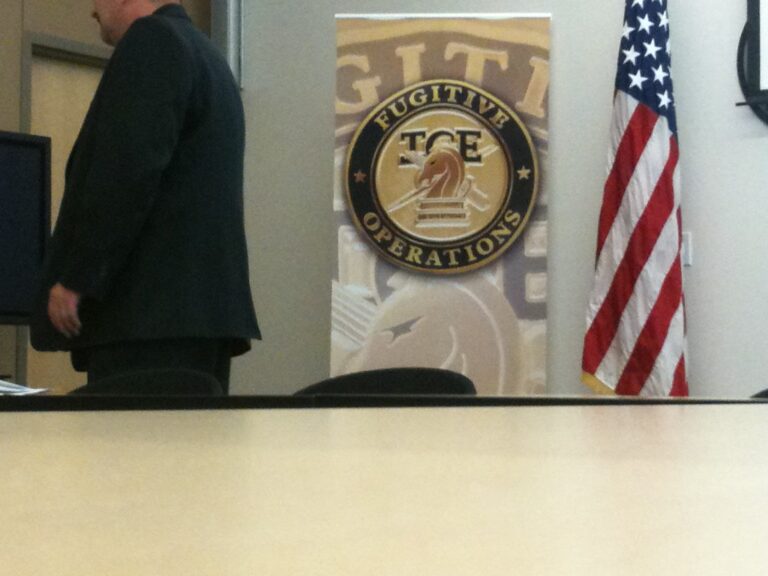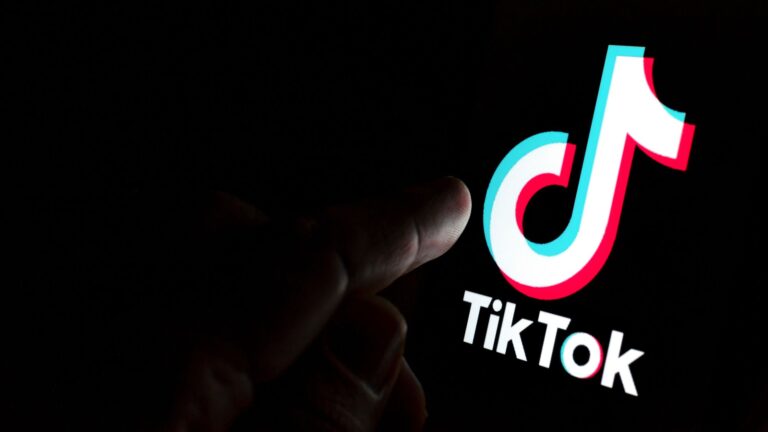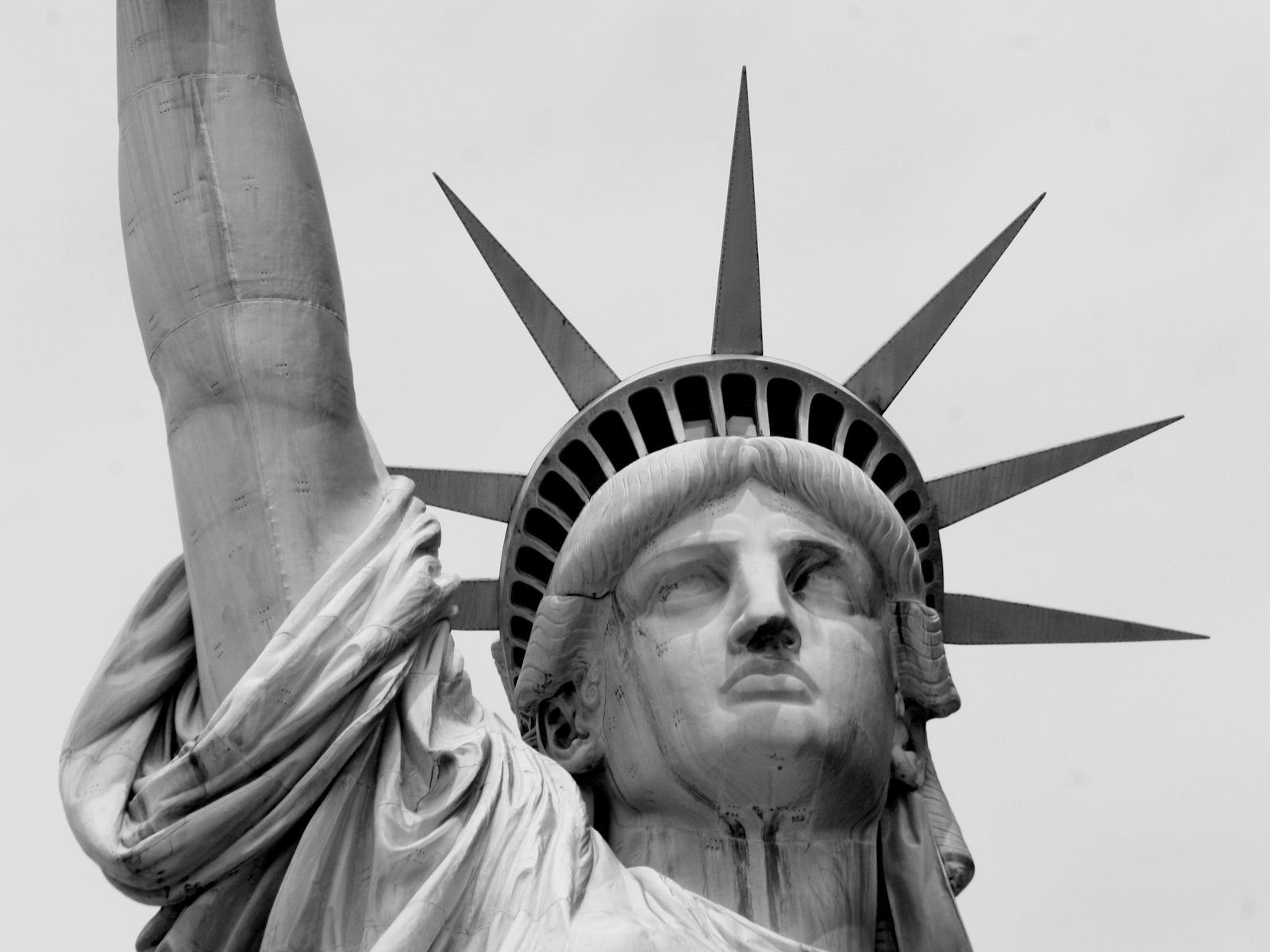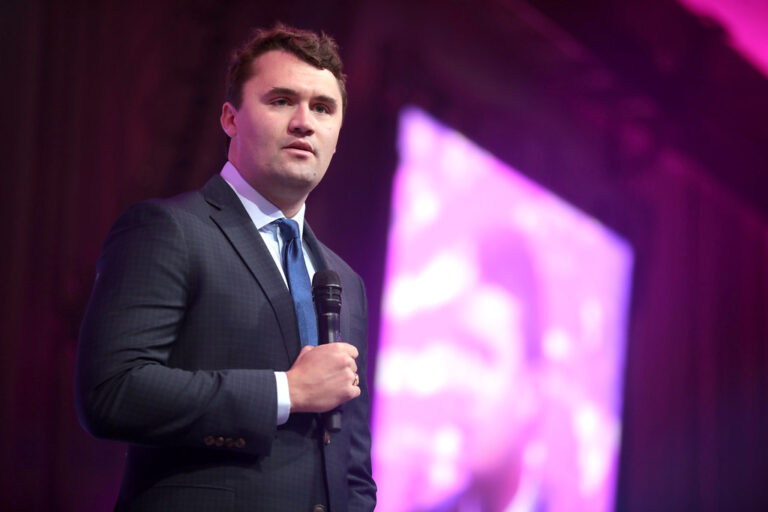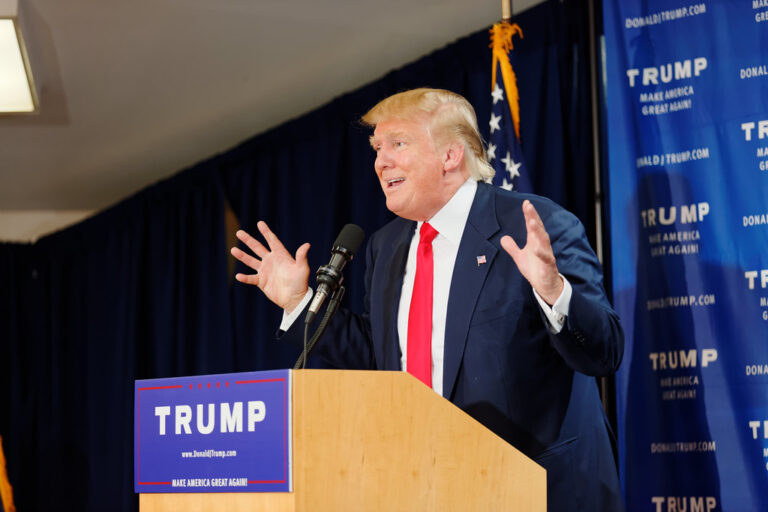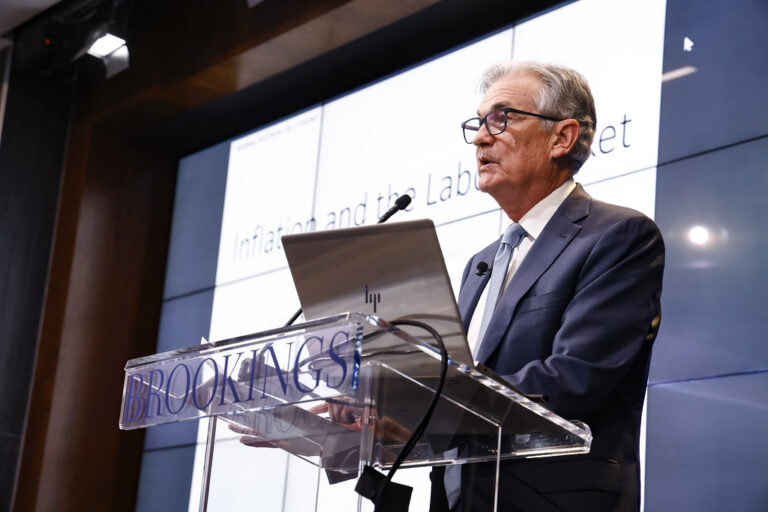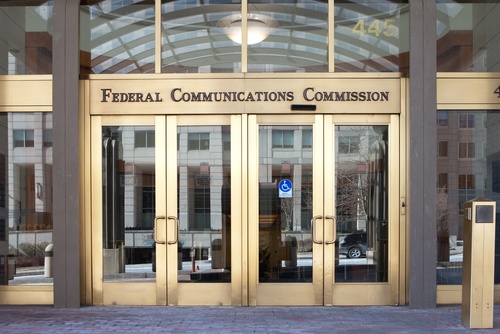Key Takeaways:
- A man allegedly fired gunshots at a California news station.
- He had notes criticizing the Trump administration in his car.
- A fridge note said, “Do the Next Scary Thing.”
- He now faces both state and federal charges.
Gunshots at a Local California News Station Raise Questions
A frightening event unfolded at a California television station when a man opened fire nearby. Police say Anibal Hernandez Santana is the person responsible for firing those shots. His actions have shocked many and raised questions about what sparked the incident.
The key detail? Officials say he had disturbing handwritten notes in his car. These notes criticized the Trump administration and hinted at a possible motive. Even more chilling, a message found inside his home read, “Do the Next Scary Thing.”
Let’s unpack everything we know so far about the California news station shooting.
A Closer Look at the California News Station Shooting
Santana is now facing serious legal trouble. According to the updated criminal complaint filed in U.S. District Court, both state and federal agencies are involved in the case. Investigators believe the shooting may have been connected to his political views and mental state.
Santana allegedly drove up to the TV station and began firing shots at the building. Thankfully, no one was hurt during the incident. Authorities quickly responded and arrested him not far from the scene.
The story quickly gained national attention, as media safety concerns continue to grow.
What Was in the Shooter’s Notes?
Inside Santana’s vehicle, investigators reportedly found several notes. These weren’t random scribbles—they touched directly on political themes. According to prosecutors, the notes expressed strong criticism of the Trump administration.
Finding political rants wouldn’t normally demand this level of attention. But discovering them next to a loaded gun and bullet holes at a public place painted a darker picture.
In his home, officials also found a handwritten note stuck to his refrigerator. It simply read, “Do the Next Scary Thing.”
Law enforcement believes this phrase may have been a personal reminder or motivational cue, possibly pushing him to act out his anger.
The Possible Motives Behind the Shooting
So why did Santana allegedly target a news station? The answer isn’t entirely clear yet. However, investigators think his writings give clues about his mindset and motivations.
Criticism of political figures, especially a former president, is not unusual. But when paired with violent acts and ominous messages, law enforcement must take these matters seriously. Santana could have viewed the press as part of a system he disagreed with.
The combination of his notes, his target, and his actions point to ideology playing a part. Mental health factors may also be relevant but haven’t been confirmed.
Legal Charges and What Happens Next
Right now, Santana is being held on both state and federal charges. Federal prosecutors take threats against the media or government systems very seriously. Depending on how the court rules, he could face decades in prison.
Authorities have not said whether he’ll plead guilty or fight the charges. A trial could begin in the coming months. His legal team may try to defend him based on mental health issues, but no such defense has been confirmed yet.
What This Incident Means for Newsroom Safety
This California news station shooting has shaken journalists and media workers. Many reporters already face daily pressures and occasional threats. But this event shows how real those threats can become.
Newsrooms across the country are boosting security. Some are installing bulletproof glass and surveillance systems. Others are adding panic buttons or private entrance procedures. The media industry, already under pressure from political divisions, now has more reasons to stay alert.
While this case is still being investigated, it’s a wake-up call for many.
Could This Be a Sign of Growing Tensions?
The California shooting may be part of a troubling trend. Over the past decade, aggressive actions against journalists have increased. From online hate to actual violence, the risks are growing.
When political disagreements lead to threats or attacks, it challenges the freedom of the press. That freedom allows media to report without fear. Every time a person lashes out at the news, it weakens the foundation of a free society.
The notes found with Santana point to intense political frustration. Whether real or exaggerated, his views became dangerous when mixed with a weapon.
What Can Be Done to Prevent Similar Incidents?
Stopping violence like this isn’t easy. But there are steps that could help.
First, improved mental health support might uncover dangerous behavior early. Family members, teachers, or friends noticing warning signs could intervene before it’s too late.
Second, law enforcement agencies need tools to track threats more closely. Many shooters leave a trail of signs—like angry posts or troubling writings—that go unnoticed until it’s too late.
Most importantly, we all need to speak up if we see something that seems off. One phone call could save lives.
The Bigger Picture: Political Anger Turning Violent
Politics has always sparked debate. But when political anger turns into violence, the consequences can hit innocent people. The California news station shooting shows how quickly things can escalate.
Santana’s notes suggest he felt frustrated and angry. Instead of finding a better way to be heard, he chose a violent path. His example is a reminder of why we need to handle political tension with care and respect.
Words have power—and sometimes, that power becomes dangerous when used the wrong way.
Final Thoughts
As the legal process moves forward, more details may come to light. But for now, the nation is left wondering why this happened—and what can be done to stop it from happening again.
The California news station shooting is a chilling reminder that media spaces are not always safe. More than ever, it’s important to protect journalism, respect differences, and keep our communities free from violence.
FAQs
Who is the man accused in the California news station shooting?
The suspect is Anibal Hernandez Santana. He faces state and federal charges for allegedly firing at a local TV station.
Were there any injuries during the shooting?
Thankfully, no one was hurt when the shots were fired.
What did the shooter write in his notes?
Prosecutors say his notes criticized the Trump administration. A fridge note in his home read, “Do the Next Scary Thing.”
Is this being treated as a political attack?
Officials have not made that conclusion, but the writings found suggest political frustration may have played a role.

